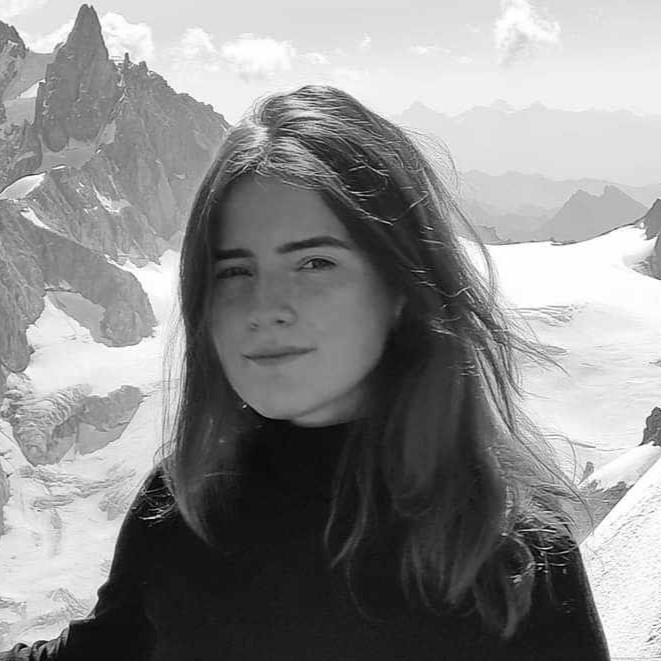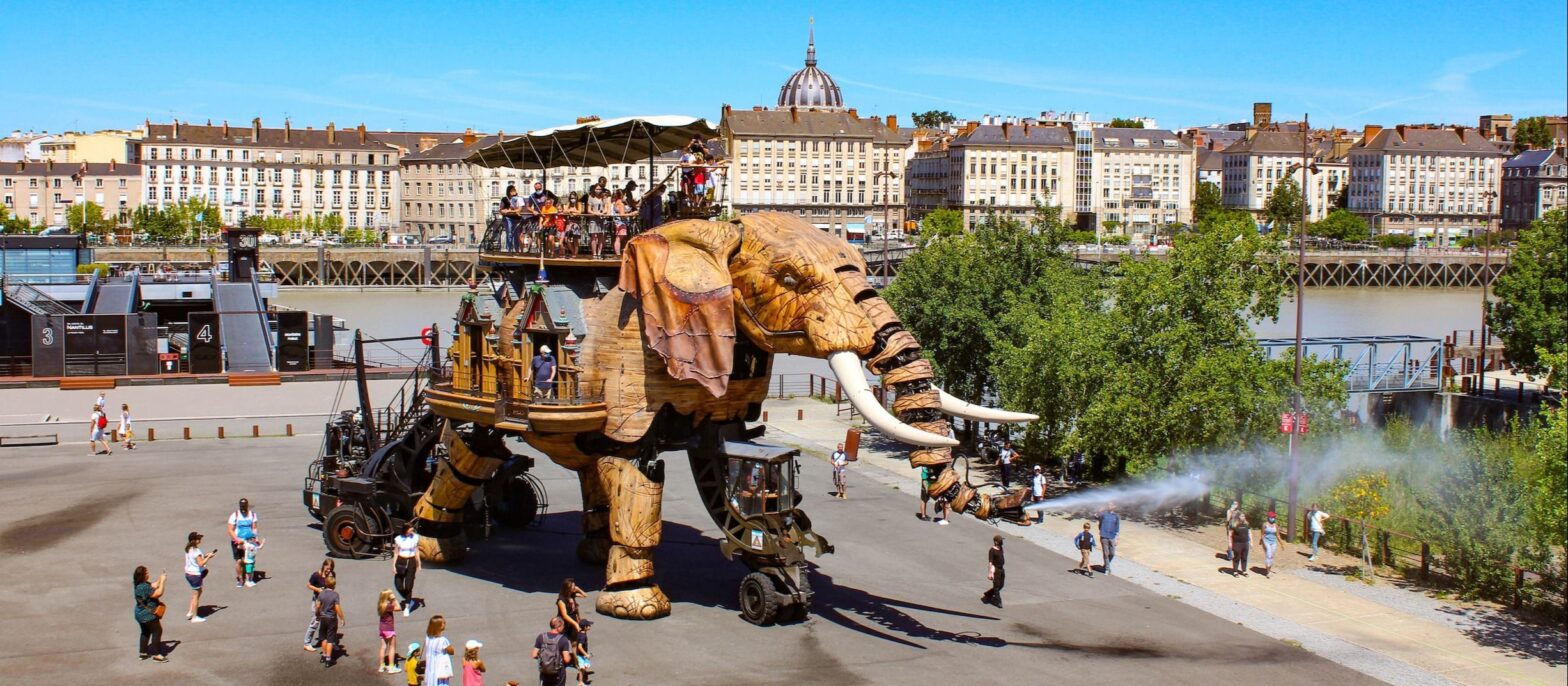“Hybrid auditory filterbanks (HybrA): Learnable, interpretable, and stable filterbanks for feature extraction”. A talk by Peter Balazs (Austrian Academy of Sciences) at International Congress on Acoustics in New Orleans. As part of the MuReNN project.
Author: Vincent Lostanlen
Unrolling and self-supervised learning for inverse problems
Inverse problems, where hidden variables are reconstructed from indirect measurements, often rely on iterative optimization methods that become computationally expensive as data size grows. This thematic day will focus on the emerging paradigm of algorithm unrolling, as a tool for designing state-of-the-art deep neural network architectures. By unrolling the iterations of traditional optimization algorithms, we can learn their parameters as if they were neural network weights, allowing for faster, more efficient solutions that exploit the forward model. More generally, the program will cover the interest of deep (un/self/*/supervised) learning for solving inverse problems.
Introducing: Ainė Drėlingytė
Ainė is pursuing a PhD focused on developing speech masking strategies, including phone-level and frequency-level techniques.
FAVN @ Palazzina Appiani
Florian Hecker’s computer music piece ‘FAVN’, premiered at Alte Oper Frankfurt in 2016, will make a return on June 28–29th, 2025, at Palazzina Appiani in Milan, Italy.
Postdoc offer: “Deep learning and multiresolution analysis for audio”
We are looking to recruit a postdoc as part of the ANR project on multi-resolution neural networks (MuReNN). The goal is to work towards more efficient and interpretable models for deep learning in audio.
Residual Hybrid Filterbanks @ IEEE SSP
A hybrid filterbanks is a convolutional neural network (convnet) whose learnable filters operate over the subbands of a non-learnable filterbank, which is designed from domain knowledge. While hybrid filterbanks have found successful applications in speech enhancement, our paper shows that they remain susceptible to large deviations of the energy response due to randomness of convnet weights at initialization. Against this issue, we propose a variant of hybrid filterbanks, by inspiration from residual neural networks (ResNets). The key idea is to introduce a shortcut connection at the output of each non-learnable filter, bypassing the convnet. We prove that the shortcut connection in a residual hybrid filterbank lowers the relative standard deviation of the energy response while the pairwise cosine distances between non-learnable filters contributes to preventing duplicate features.
Podcast “L’éco-acoustique” sur Le Labo des Savoirs
Et si écouter littéralement la nature nous renseignait sur l’état de notre biodiversité ? Un podcast de Sophie Podevin avec Jérôme Sueur, Flore Samaran et Vincent Lostanlen.
Robust Deconvolution with Parseval Filterbanks @ IEEE SampTA
This article introduces two contributions: Multiband Robust Deconvolution (Multi-RDCP), a regularization approach for deconvolution in the presence of noise; and Subband-Normalized Adaptive Kernel Evaluation (SNAKE), a first-order iterative algorithm designed to efficiently solve the resulting optimization problem. Multi-RDCP resembles Group LASSO in that it promotes sparsity across the subband spectrum of the solution. We prove that SNAKE enjoys fast convergence rates and numerical simulations illustrate the efficiency of SNAKE for deconvolving noisy oscillatory signals.
Human Auditory Ecology @ MNHN
Can we hear “ecological processes” underlying natural habitats and ecosystems (i.e., the processes responsible for the dynamics and functions of ecological systems at multiple spatial and temporal scales) ? If so, how do we hear such ecological processes ?
Le streaming comme infrastructure et comme mode de vie @ RNRM
L’enquête sur l’impact écologique du streaming musical révèle deux angles d’analyse : l’un fondé sur l’infrastructure matérielle, l’autre sur l’évolution des modes de vie. À l’heure où les architectures de choix sont de plus en plus verrouillées autour d’un petit nombre de géants du numérique, l’enjeu de cette enquête réside dans une complémentarité entre méthodes quantitatives et méthodes qualitatives, ainsi que dans une interdisciplinarité entre sciences du numérique, sciences humaines et sociales et sciences du système Terre. Dans ce contexte, critiquer l’insoutenabilité du streaming ne signifie pas s’en remettre à une innovation technologique qui pourrait soudain « verdir » la filière dans son ensemble. Bien plutôt, il s’agit de dénoncer et contester l’utopie d’une musique intégralement disponible, pour tout le monde, partout, tout de suite. Pour se rendre crédibles, les scénarios alternatifs au statu quo doivent définir, dans un même geste technocritique, quel mode de vie ils promeuvent et quelle infrastructure ils maintiendront.









